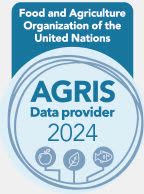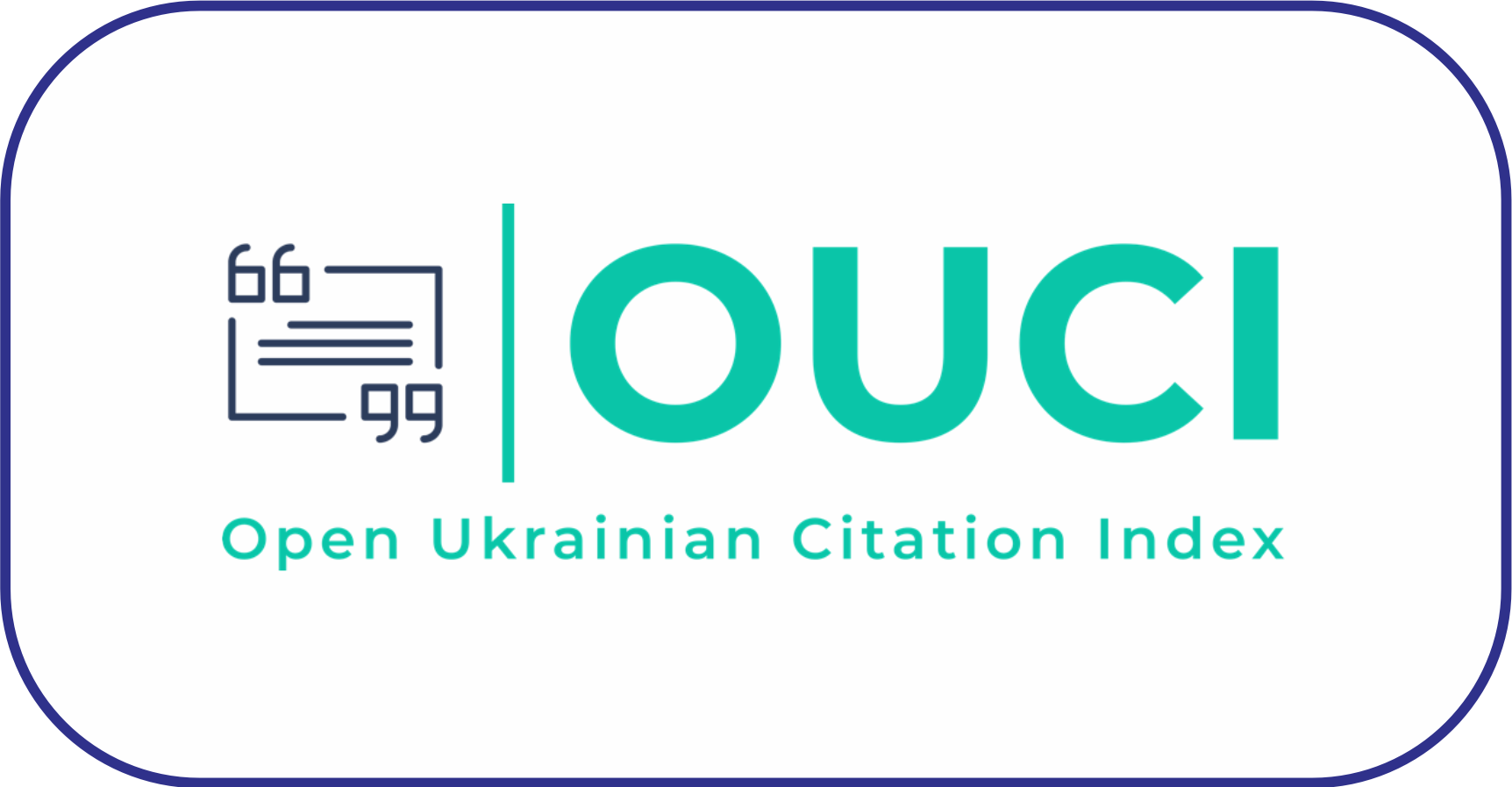Comparative study of biodegradation potential of foreign and indigenous bacteria of pharmaceutical effluent
DOI:
https://doi.org/10.63072/aab.24004Keywords:
Bacteria, Biodegradation, Bioremediation, Effluent, Environmental pollution, Microorganisms, Pharmaceutical industriesAbstract
Pharmaceutical effluents, which contain organic compounds and other contaminants, are commonly found in wastewater. The ability of microorganisms to break down particular contaminants and their diversity are key components of this wastewater treatment procedure. A growing problem for the environment and human health is the constant release of these substances into surface waters. This study aimed to evaluate the biodegradation potential of indigenous and foreign bacteria in breaking down pharmaceutical effluents in the Irewolede region of Ilorin City, Kwara State, Nigeria, could break down the effluents. To ascertain the effectiveness of the treatment, the physicochemical characteristics of the pharmaceutical effluent were evaluated both before and after the procedure. Samples were collected from the effluent, and the biodegradation process was monitored using standard microbiological and analytical techniques. Physicochemical properties including total dissolved solids (TDS), biochemical oxygen demand (BOD), total suspended solids (TSS), growth (Optical density, OD), pH, and degradation efficiency, were analyzed at the Department of Industrial Chemistry, University of Ilorin. Our investigation revealed that sample A had a high chemical oxygen demand (COD) value of 80.36 followed by sample B, indicating a higher level of organic pollution in sample A, followed by sample B. Pseudomonas putida showed less turbidity in effluent B, while seawater-isolated bacteria produced higher turbidity in sample A and moderate turbidity in sample B. While all bacterial isolates exhibited minimal reductions in BOD, they were effective in reducing TSS and TDS by over 50 %. This suggests that, while BOD reduction was limited, the bacteria could still contribute to the removal of suspended solids and dissolved solids from the effluent. This study demonstrated that Bacillus species, E. coli, K. oxytoca, P. putida, Serratia marcescens, and Staphylococuss aureus are promising bioremediation microbes for purifying pharmaceutical effluents and other organic wastes released into the environment. © 2024 The Author(s)
Downloads
Published
How to Cite
Issue
Section
License
Copyright (c) 2024 Advances in Agriculture and Biology

This work is licensed under a Creative Commons Attribution-NonCommercial 4.0 International License.





























